Elena Zanzu
Performer, researcher & transfeminist activist
Smells Like Circus | March 2022
Elena Zanzu (they/them) is a performer and a researcher. Their practical and theoretical interests revolve around gender, disability, and other axes of vulnerability, as well as the intersections between artistic practice, ethics, and methodologies.
They hold a degree in circus arts education from the National Circus School of Montreal and a master’s degree in philosophy from the University of Bologna, with a thesis on Circus. They continued their education with a Certificate in Circus Dramaturgy from the National Center for Circus Arts (CNAC). Elena is a researcher of The Circus Dialogues (continued), a project between circus practice and theory, supported by KASK University of Arts, Ghent. Since 2015 they have been teaching gender perspective in Circus at the Autonomous University of Barcelona (UAB).
They are a member of the circus researchers’ group CCCirque. They write, give workshops, and curate events (such as the Symposium on circus and gender at Mercat de les Flors in 2017 or the symposium of Dramaturgy at la Central del Circ in 2021). They are a gender/ethical consultant for several cultural projects.
Currently, they are creating the solo performance EZ, which is a Circusnext laureate project and will premiere in Barcelona in May 2022.
They are a transfeminist activist, especially fighting against sexist abuses in arts. They are also active in the anti-ableist and anti-speciesist movements.
Behind the scenes:
Meet the artist
“I have the privilege of doing research and performance. And this privilege provides to me a safe(r) space, where I do not build closets to come out of. A space where there is not an assumption of a cisgender, straight, neurotypical - and so on - norm.”
What inspires you?
“I am fascinated by the depth of (any kind of) research. When it challenges the personal fears and monsters of a person, and goes deeper and deeper, and in that depth, it ceases to be about oneself, and starts to be about the others too.”
Do you consider your art in relation to your identity or life? If so, how?
“I have the privilege of doing research and performance. And this privilege provides to me a safe(r) space, where I do not build closets to come out of. A space where there is not an assumption of a cisgender, straight, neurotypical - and so on - norm.”
“I conceive artistic practice as a way of thinking, doing, being.”
How did you get started out as a circus artist? Why circus and more specifically suspensions as a discipline?
“When I discovered the circus, I was studying philosophy. I reconnected with the body through the circus. And for that to happen, I had to create a safer space. For me, the safest space was in the air, in solitude and “under control”. The higher, the safer. Was I doing a monologue? Now with EZ I am descending to the floor to start a dialogue.”
“During my academic years, I was motivated by the desire to reach knowledge and transformation through philosophical investigation. But it was the artistic practice that gave me (what I consider) a privileged way of delving into some of the most complex and important issues. Although for me the starting point of creation is practice, I am also interested in the more theoretical aspects of research.”
“Artistic research is my favourite tool for exploring and understanding the world, and I see artistic creation as a way of sharing and communicating.”
Performing at ‘Smells like Circus’
‘EZ’
EZ is a project around pain, vulnerability, negotiation, consent, care. It explores the power dynamics and pact in place between artist, audience and audience volunteers. What happens when a human body is tied, tortured, and manipulated in a consensual way on stage? What reactions – physical, emotional and cognitive - occur in a person being manipulated, a person manipulating, and a person observing it? Is there space for care? Can we laugh? How do we negotiate? What do we consent to without knowing? EZ is situated at the intersection between different techniques and methodologies: Shibari (ancient Japanese technique of tying people with ropes), hair suspension, apnea, circular breathing, consent negotiation, circus rigging, words, techniques for accessibility.
How did the performance come to life?
“I began to investigate the alteration of the senses and the mobility in a previous project, in which I explored:
➤ Blindfolding myself, for 7 days, 24 hours a day, both inside and outside a creation studio.
➤ The suspension and “manipulation” of different bodies (inviting disabled movers).
➤ Merging various manipulation techniques such as string puppetry, shibari tying, rigging and circus suspensions.
This was followed by a second phase, in which I investigated:
➤ Consensual torture and pain (in collaboration with practitioners of shibari and other BDSM techniques).
➤ Interior gazes (blindfolded, in collaboration with blind mover Joan Casaoliva).
➤ Ethical questions about the privilege of transferring torture and pain to research and creation.”
“This was followed by a third phase, characterized by a solitary research on other extreme techniques, such as breath manipulation (especially apnea and circular breathing), as well as the integration and participation of the audience (research on negotiation, consent, decision-making, responsibility and agency). EZ was born from all these explorations.”
Do you have any anecdotes?
“For a long time, I have been fascinated by the ancient circus technique of hair suspension and wanted to practice it. But for that, long hair is a requirement, and I wanted to keep my hair short. So, I decided I would tie my head with a rope, in a way that would allow me to suspend from it, as in hair suspension. Eventually, I built a way with a jute rope! What I do is not shibari, nor is hair suspension, it is a hybrid. And I still have short hair.”



